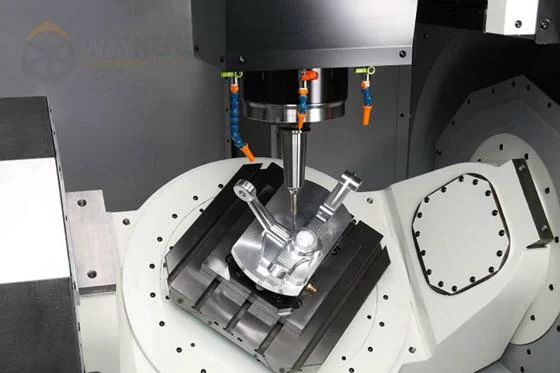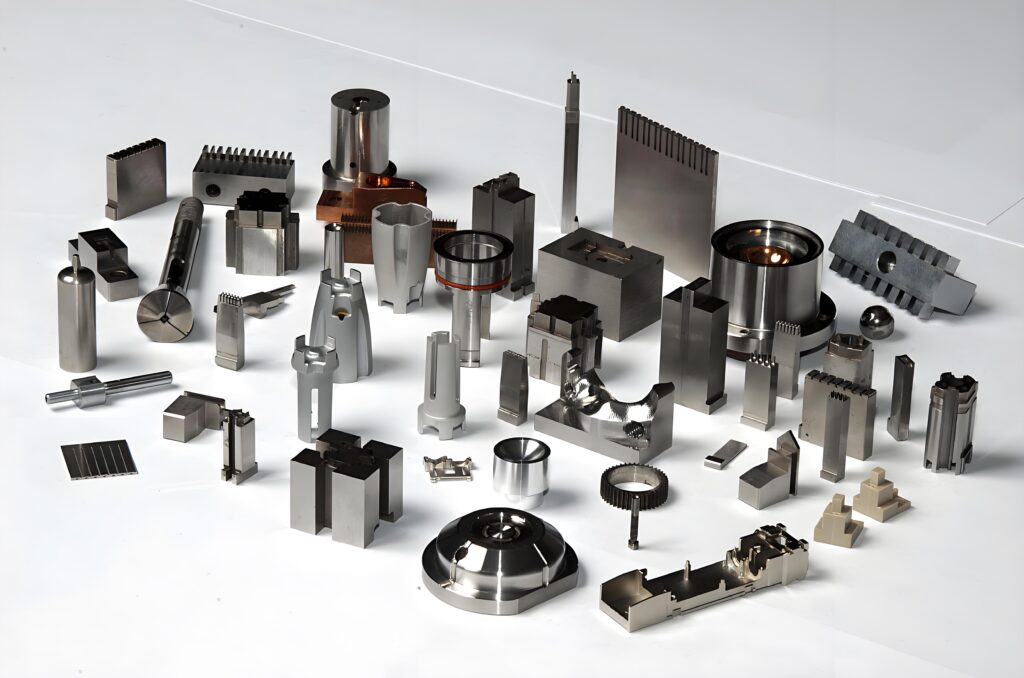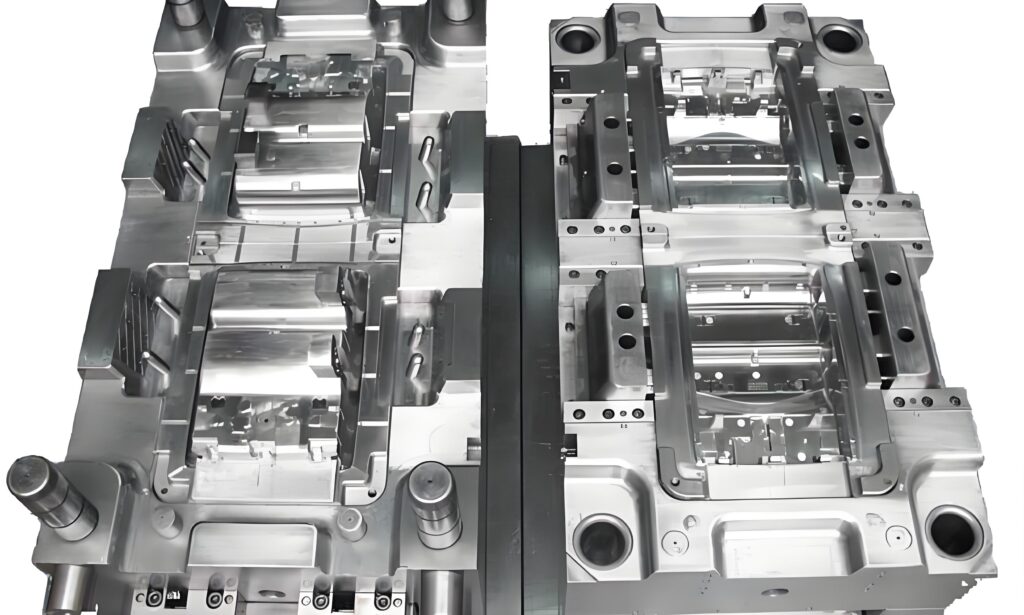CNC (Computer Numerical Control) machining is a cornerstone of modern manufacturing, offering precision, efficiency, and versatility. For beginners, understanding the basics and mastering key techniques is crucial to success. This blog provides essential tips and insights to help you get started with CNC machining, ensuring smooth operations and high-quality results.
1. Understand the Basics of CNC Machining
Before diving into CNC machining, it’s important to grasp the fundamentals. CNC machining involves using computer-controlled machines to remove material from a workpiece, creating custom parts with high precision. Familiarize yourself with:
- CNC Machines: Learn about different types (e.g., mills, lathes, routers) and their capabilities.
- CAD/CAM Software: Understand how to design parts using CAD (Computer-Aided Design) and generate toolpaths with CAM (Computer-Aided Manufacturing) software.
2. Choose the Right Materials
Material selection is critical for achieving the desired results. Consider the following factors:
- Material Properties: Understand the hardness, strength, and machinability of materials like metals (e.g., aluminum, steel), plastics, and composites.
- Application Requirements: Choose materials that meet the functional and aesthetic needs of your project.
3. Master Tool Selection and Setup
The right tools are essential for efficient and accurate machining. Pay attention to:
- Tool Types: Use end mills, drills, and lathe tools appropriate for your material and design.
- Tool Geometry: Select tools with the correct geometry (e.g., flute count, helix angle) for optimal performance.
- Tool Setup: Ensure tools are securely mounted and properly aligned to avoid errors.
4. Optimize Cutting Parameters
Cutting parameters directly impact machining efficiency and part quality. Focus on:
- Speed and Feed Rates: Adjust spindle speed (RPM) and feed rate (IPM) based on material and tool specifications.
- Depth of Cut: Balance material removal rate with tool wear by choosing appropriate depths.
- Coolant Use: Apply coolant to reduce heat and extend tool life, especially when machining metals.
5. Ensure Proper Workholding
Workholding is crucial for maintaining accuracy and safety. Follow these tips:
- Secure Clamping: Use vises, clamps, or fixtures to hold the workpiece firmly in place.
- Alignment: Ensure the workpiece is properly aligned with the machine’s axes.
- Accessibility: Position the workpiece to allow easy access for cutting tools.
6. Program Efficiently
Efficient programming minimizes errors and maximizes productivity. Keep these points in mind:
- Simulate Toolpaths: Use CAM software to simulate toolpaths and detect potential issues before machining.
- Minimize Tool Changes: Optimize the program to reduce the number of tool changes and save time.
- Use G-Code Wisely: Understand G-code commands to fine-tune operations and troubleshoot problems.
7. Prioritize Safety
Safety is paramount in CNC machining. Follow these guidelines:
- Wear Protective Gear: Use safety glasses, gloves, and ear protection.
- Inspect Machines: Regularly check machines for wear and tear.
- Follow Protocols: Adhere to safety protocols and emergency procedures.
8. Maintain Machines and Tools
Regular maintenance ensures longevity and consistent performance:
- Clean Machines: Remove chips and debris after each operation.
- Lubricate Components: Keep moving parts well-lubricated to prevent wear.
- Sharpen Tools: Replace or sharpen dull tools to maintain precision.
9. Learn from Mistakes
Mistakes are part of the learning process. Analyze errors to improve your skills:
- Identify Causes: Determine the root cause of issues (e.g., incorrect parameters, tool wear).
- Implement Solutions: Adjust settings, tools, or techniques to prevent recurrence.
- Document Lessons: Keep a record of mistakes and solutions for future reference.
10. Stay Updated with Trends
The CNC machining industry is constantly evolving. Stay informed about:
- New Technologies: Explore advancements like multi-axis machining and IoT integration.
- Best Practices: Learn from industry experts and online resources.
- Training Opportunities: Attend workshops or courses to enhance your skills.
Conclusion
CNC machining offers endless possibilities for creating high-quality parts, but mastering it requires knowledge, practice, and attention to detail. By following these essential tips, beginners can build a strong foundation, avoid common pitfalls, and achieve success in CNC machining. Whether you’re prototyping or producing complex components, these insights will help you unlock the full potential of CNC technology.



